In his seminal work The Open Society and Its Enemies (1945), Karl Popper explains what he calls the “paradox of tolerance”. He writes, “Unlimited tolerance must lead to the disappearance of tolerance. If we extend unlimited tolerance even to those who are intolerant, if we are not prepared to defend a tolerant society against the onslaught of the intolerant, then the tolerant will be destroyed, and tolerance with them.” Popper, however, adds a rider, saying that as long as one can counter intolerant views “by rational argument and keep them in check by public opinion, suppression would certainly be most unwise”.
Seven decades later, Nassim Nicholas Taleb reaches a similar conclusion in his 2018 book Skin in the Game, where he explains how it is the most intolerant, however minuscule they might be, who succeed in imposing their views on the majority. Among others, he gives the example of halal food to show how a small, stubborn group’s preferences dictate changes for everyone.
Today, as we celebrate 150 years of ‘Vande Mataram’, composed by sage and seer Bankim Chandra Chattopadhyay in 1875 and later included in his novel Anandamath (1881), Popper’s “paradox of tolerance” and Taleb’s “minority rule theory” seem vindicated as never before.
Few symbols capture the trajectory of Bharat’s nationalist evolution—and its post-Independence identity crisis—as poignantly as Vande Mataram. Once the heartbeat of the freedom struggle, this ode to Bharat Mata (the motherland) became, over time, an inconvenient liability—an “extra”, to use Swapan Dasgupta’s term in his book Awakening Bharat Mata—awkwardly preserved but carefully marginalised too.
Vande Mataram’s journey from revolutionary anthem and rallying cry of the nationalist movement to contested, ‘communal’ symbol reflects not only Bharat’s pseudo-secular identity politics but also the deliberate reshaping of national consciousness to accommodate the intolerant, who brand their intransigence as the anxieties of a besieged minority.
Impact Shorts
More ShortsThe retreat of Vande Mataram was threefold. While it became an “extra” post-Independence, this wasn’t the only time this song was viciously assaulted. The verses of Vande Mataram inspired one of the most enduring icons of Indian nationalism—the image of Bharat Mata. As per Bankim’s notion, she is an embodiment of both divine power (Shakti) and cultural identity:
“Terrible with the clamorous shouts of seventy million throats,
and the sharpness of swords raised in twice seventy million hands,
Who sayeth to thee, Mother, that thou art weak?
Holder of multitudinous strength,
I bow to her who saves,
to her who drives from her the armies of her foemen,
the Mother!”
Yet, by the early 20th century, alternative depictions began to emerge. Abanindranath Tagore’s 1905 painting of Bharat Mata showed a saffron-robed, serene woman—gentle, ascetic and unarmed. This transformation from Shakti to Sadhvi was further solidified when Mahatma Gandhi entered the freedom movement arena in the country.
Gandhi, though deeply religious, was wary of any symbol that could alienate Muslims. He revered Vande Mataram but readily surrendered to the opposition: “It never occurred to me that it was a Hindu song… But in such times it is wisdom not to market pure gold.” His retreat symbolised the nationalist leadership’s helplessness—which was more like surrender—to the intolerant. The Congress, anxious to sustain Hindu-Muslim unity, began to treat Vande Mataram with utmost restraint.
The Muslim League, led by Mohammad Ali Jinnah, rejected Vande Mataram outright, calling it “idolatrous” and “anti-Muslim”. Its depiction of the nation as a goddess was deemed an affront to Islamic monotheism. To pacify Muslim sentiment, the Congress decided that only the first two stanzas—devoid of explicit religious imagery—would be sung, and even then, never by compulsion.
This compromise of the majority didn’t stop the rise of Muslim separatism; it gave it further impetus. The country got its independence but at the cost of partition—in the name of religion. And as happens with concessions, one leads to another—the smaller takes us to the bigger ones.
On January 24, 1950, the Constituent Assembly adopted Rabindranath Tagore’s ‘Jana Gana Mana’ as the country’s national anthem. Interestingly, the decision was reached without debate or vote. Vande Mataram was given “equal honour”, yet it was relegated to ceremonial margins—sung only in part, on rare occasions.
The author’s intent isn’t to question Jana Gana Mana, and it is ludicrously silly to link it with the British monarchy. The point being raised here is the discomfort which first the Gandhian worldview and then the post-Independence Nehruvian ecosystem had with Hindu imagery and underpinnings. The Congress, in its post-Independence avatar, began to craft a “secular” nationalism that saw overt Hindu imagery as regressive, even dangerous. In doing so, it vacated a cultural space that epitomised the soul of Bharat.
The assertive spiritual nationalism of the early freedom struggle was recast as an embarrassment—something to be remembered but not revered. Vande Mataram thus became the “extra” of Indian nationalism—honoured in rhetoric bereft of its Sanatana sacredness and explicit Hindu imagery, thus denying its rightful place at the centre of national identity.
The story of Vande Mataram is the story of Bharat struggling to reconcile its ancient Sanatana soul with its modern “secular” anxieties. It is also a reminder that concessions to a bully, even if he is a minority, do not pay. They backfire.
(The views expressed in the above piece are personal and solely those of the author. They do not necessarily reflect Firstpost’s views.)


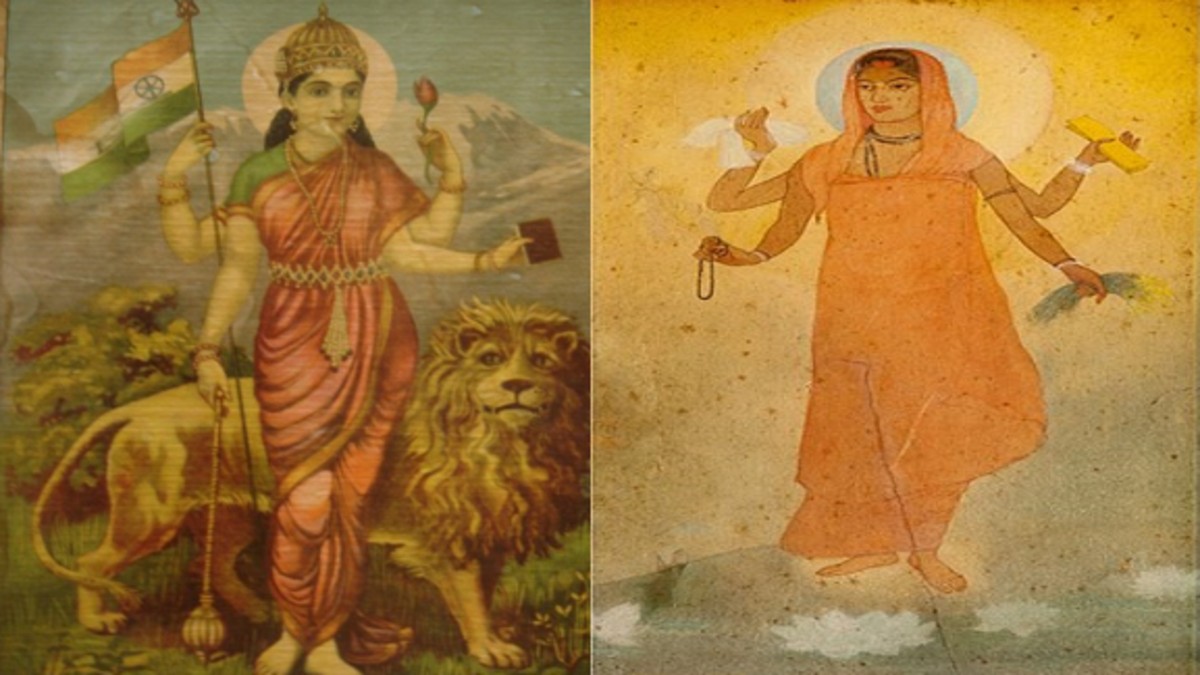)
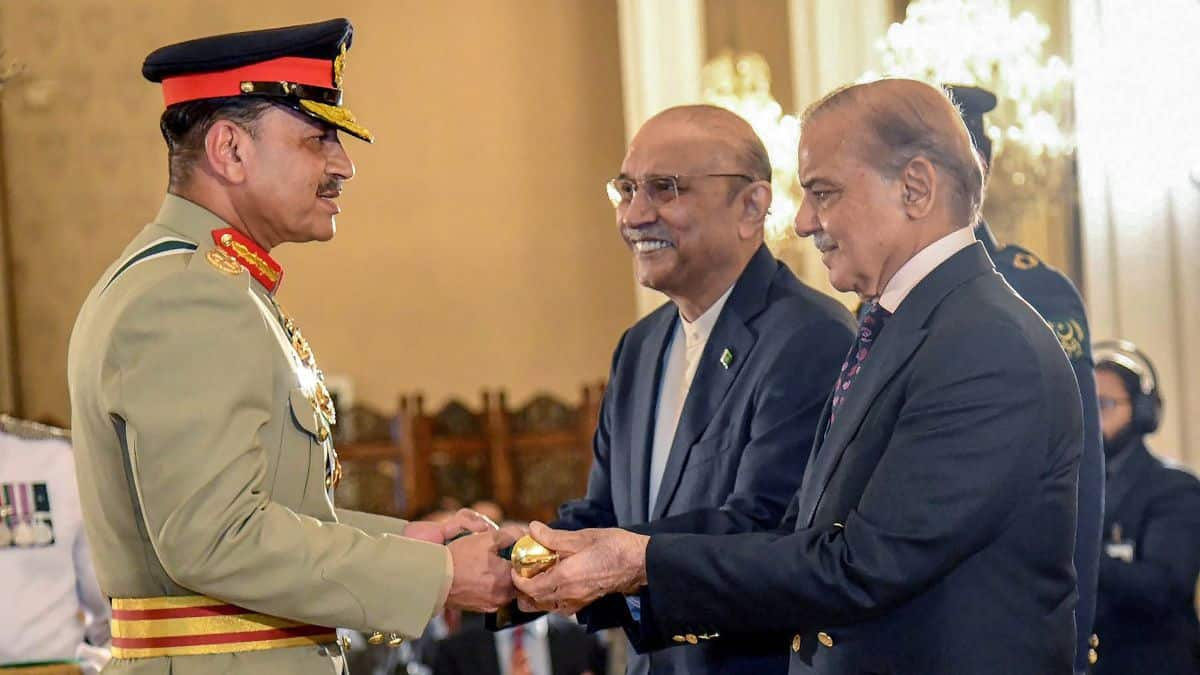
)
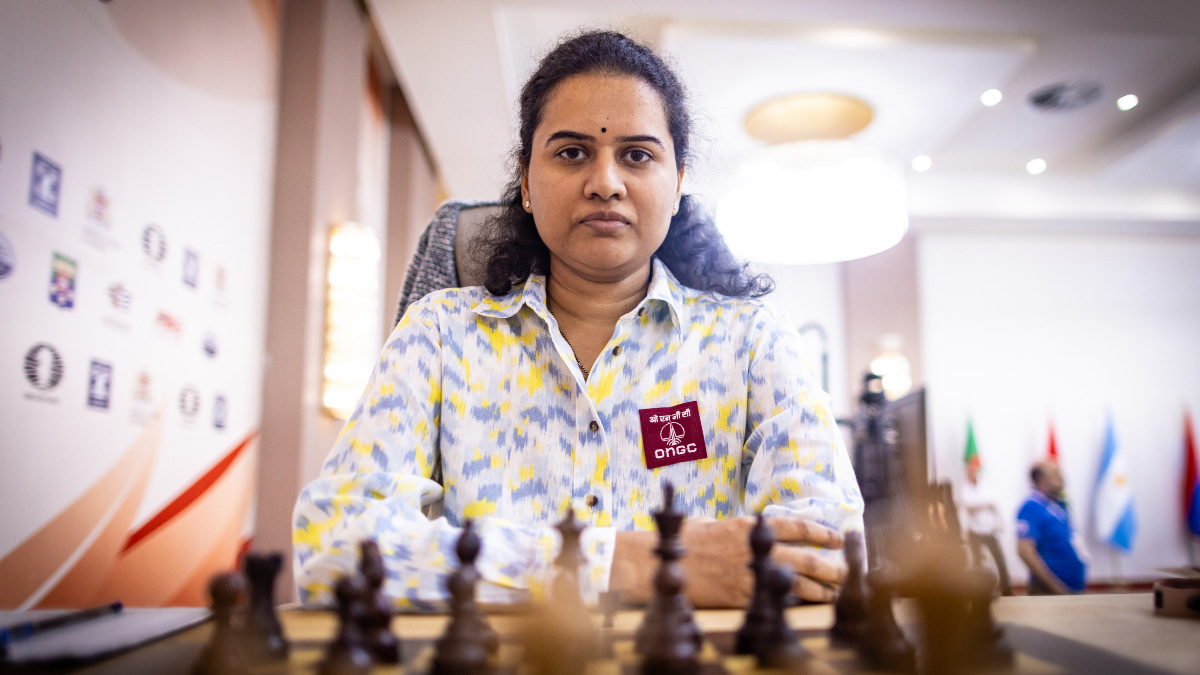)
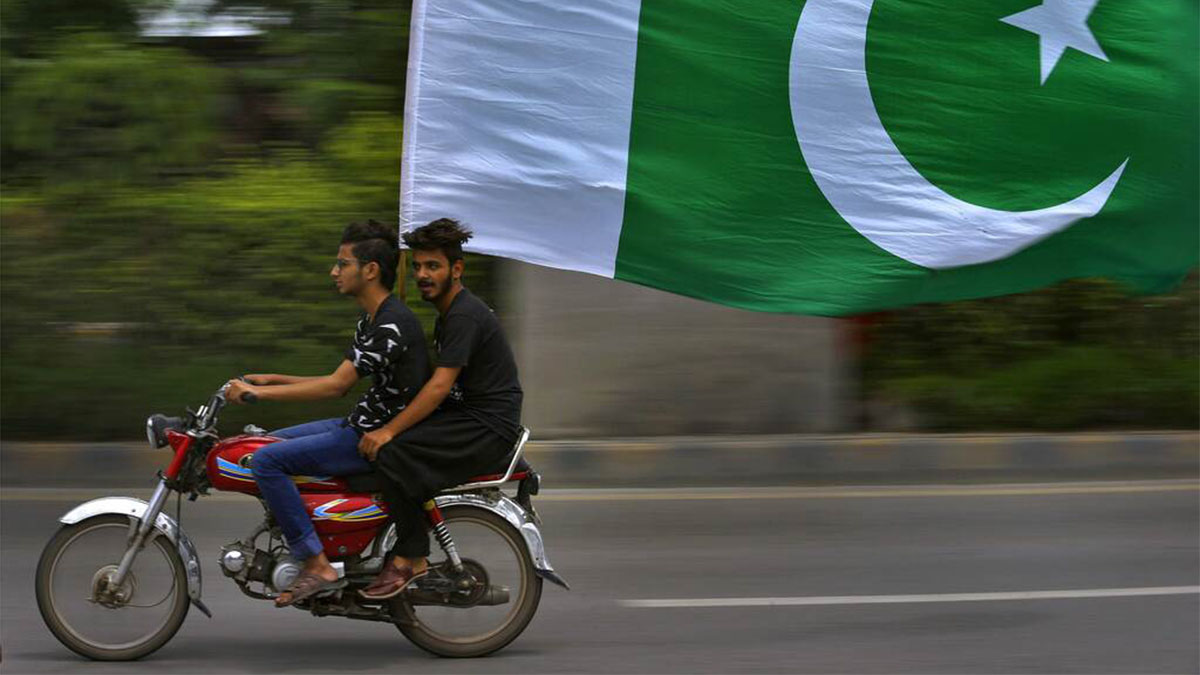)
)
)
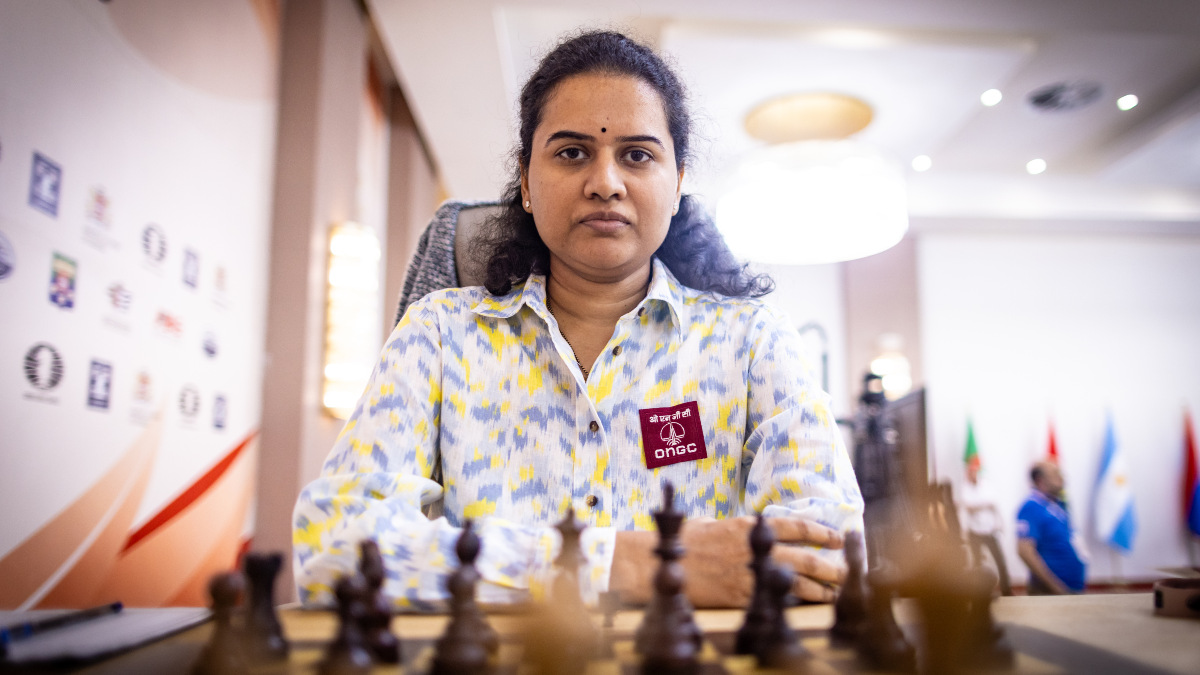)
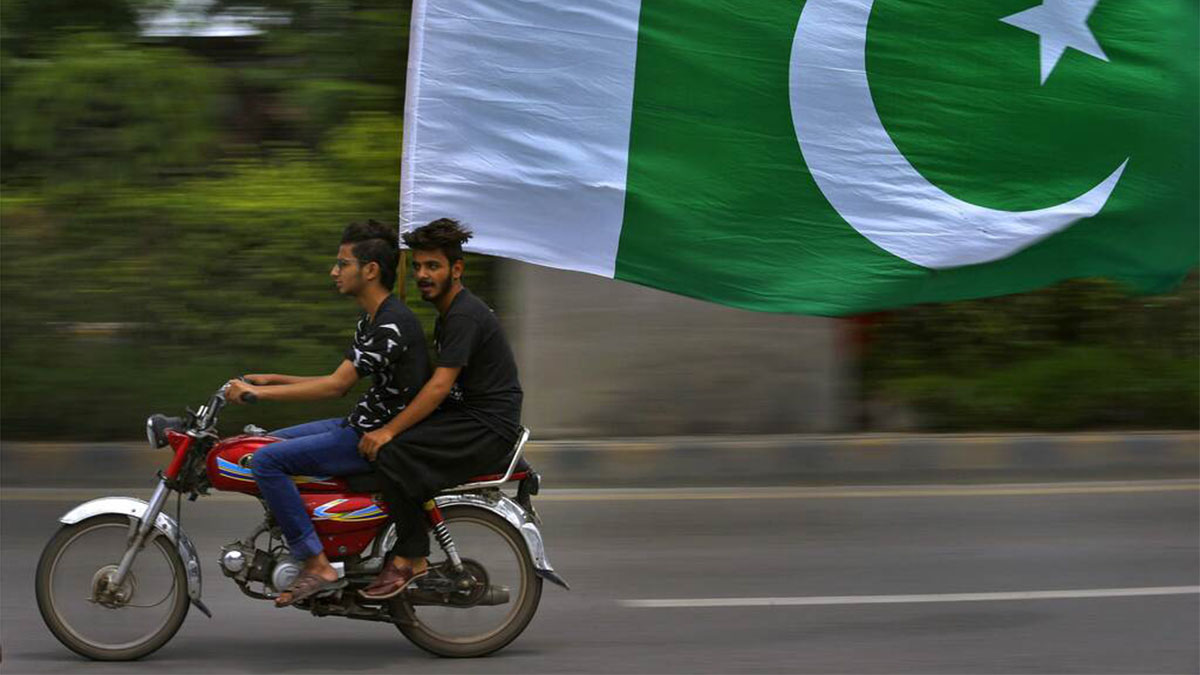)
)



